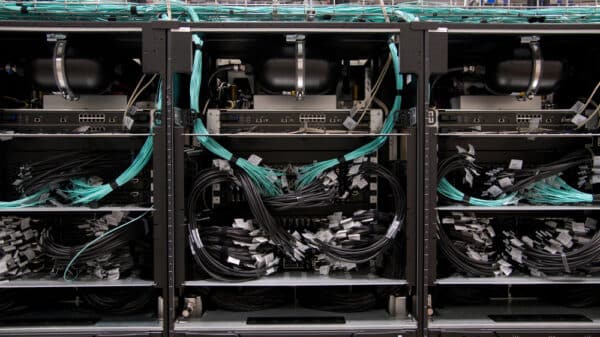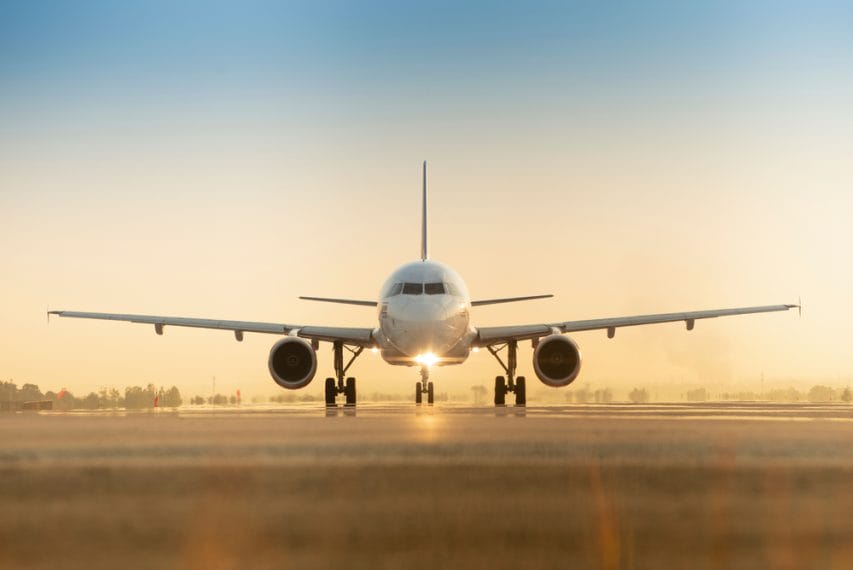Back in 1903, The Wright Flyer successfully completed the first powered flight. Orville Wright guided his invention for 59 seconds, covering 852 feet over the beaches of Kitty Hawk, North Carolina. This remarkable feat signaled the dawn of aviation and the birth of the modern aircraft we witness today.
The Fisher P-75 Eagle
During the World War II period, the Fisher P-75 Eagle was introduced to fulfill the soaring demand for aircraft. Sadly, it failed to meet expectations due to numerous design flaws and performance issues, ultimately leading to the cancellation of production after only 14 units were manufactured.
The McDonnell Douglas DC-10
Initially hailed as a groundbreaking advancement in air transportation, the McDonnell Douglas DC-10 suffered from tragic safety failures that resulted in fatal accidents, earning it the notorious nickname “death trap.” Despite these setbacks, the issues were eventually addressed, making the DC-10 one of the most successful commercial jets.
The Bell YFM-1 Airacuda
Despite being armed with cutting-edge weaponry, the YFM-1 Airacuda encountered critical design flaws that rendered it inoperable. Problems such as excessive weight, sluggish speed, poor maneuverability, and weapon malfunctions led to its termination after just one squadron was produced.
The Vought F7U Cutlass
Initially praised as a modern marvel, the Vought F7U faced a myriad of challenges, resulting in accidents and fatalities. Pilots refused to fly this perilous aircraft, leading to the discontinuation of the program following multiple crashes and casualties.
The NB-36 Convair Crusader
The NB-36 Convair Crusader was an experimental bomber featuring a nuclear reactor onboard. Despite safety measures, concerns over potential radioactive contamination prompted the program’s termination, with only 47 flights completed before its closure.
The PZL M-15 Belphegor
Intended for agricultural use, the PZL M-15 Belphegor turned out to be an expensive and ultimately futile endeavor. Falling short of its intended purpose, the aircraft was deemed an impractical creation.
In 1977, a costly and unattractive biplane, jet-powered crop duster known as the “Belphegor” faced widespread disappointment and user backlash. The Soviet Union halted all further purchases of this bulky farm aircraft due to its top speed of just over 120 mph.
Yakovlev Yak-38
The Yakovlev Yak-38, a supersonic jet developed in the 1950s, aimed to combine helicopter precision with jet fighter capabilities. The Russian variant achieved its first VTOL flight in 1971. However, despite attaining a Mach 1 speed, it proved impractical for military use due to limited range and lacking radar and air-to-air defense systems. Production of the Yak-38 ceased by 1991.
The Sikorsky S-76
Despite its widespread adoption in business aviation, the Sikorsky S-76 has a concerning history of involvement in fatal accidents due to mechanical failures. This helicopter was involved in the tragic crash that claimed the life of Kobe Bryant and eight others, criticized for its lack of a Terrain Awareness and Warning System.
The Lockheed Martin VH-71
Initially planned as the presidential helicopter, the Lockheed Martin VH-71 encountered issues leading to the project’s cancellation. Deemed overly expensive at $3.3 billion, it was replaced by a more cost-effective alternative, marking the conclusion of Lockheed’s tenure with Marine One, the presidential helicopter.
The Bell X-1
From the 1940s, the Bell X-1 supersonic aircraft achieved the milestone of the first manned supersonic flight, breaking the sound barrier at 1,000 mph. This groundbreaking achievement demonstrated the ability of aircraft to exceed the speed of sound, inspiring movies like The Right Stuff. The experimental rocket plane was engineered to withstand extreme forces and was launched from a carrier aircraft, marking a collaborative undertaking among diverse organizations.
The Aerodrome A
Physicist Samuel Pierpont Langley’s endeavors in aeronautics during the late 19th Century led to the maiden flight of a heavier-than-air vehicle. Subsequently funded to construct a manned aircraft, the Aerodrome A was envisioned as a “human-carrying” airplane. Despite its failure, paving the way for the Wright brothers’ successful manned flight, Langley’s engine design was commendable and ahead of its time.
The McDonnell XF-85 Goblin
As the smallest jet fighter ever developed, the McDonnell XF-85 Goblin was designed to serve as a fighter escort for large bombers, stowed within these aircraft and launched from them. However, it faced challenges during takeoff and landing, not being optimized for terrestrial operations. Test flights revealed difficulties in reconnecting the aircraft to the mother ship, ultimately leading to the conclusion of the testing program.
Image Source: Wichudapa / Shutterstock



































